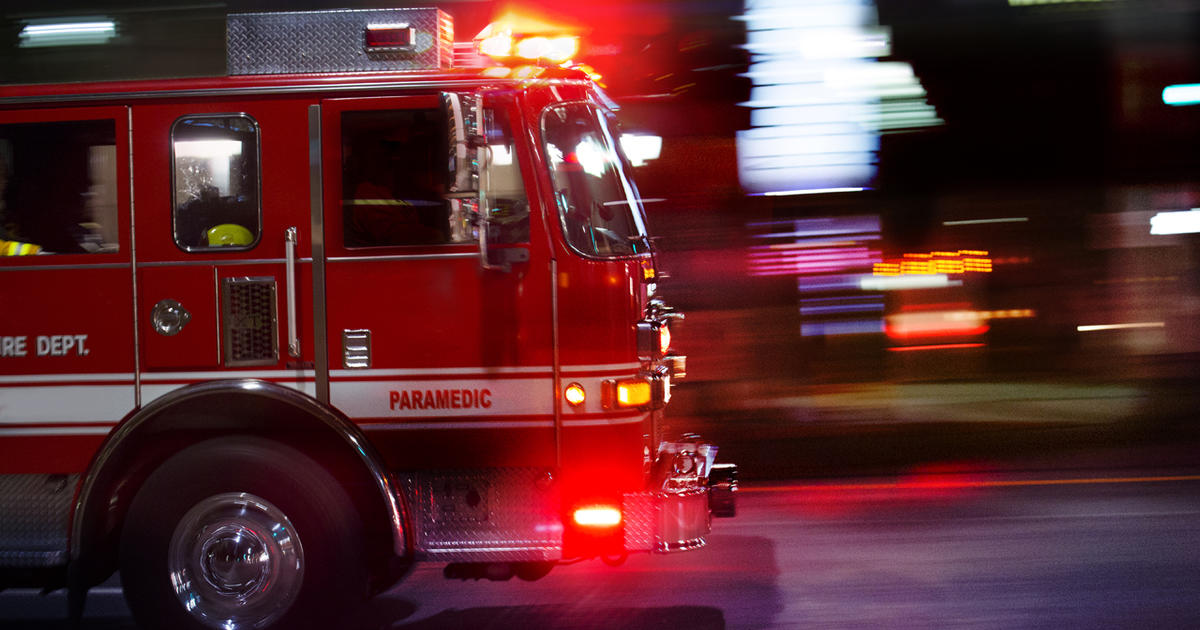Incoming storm raises increased concerns about falling trees across San Francisco Bay Area
SAN FRANCISCO -- The onslaught of storms hitting the Bay Area for the past few months have made for a marked increase in massive trees falling and causing major damage across the region.
Remy Hummer of Arborist Now Inc. says he's never seen anything like it in his 15 years as an arborist. The storm arriving Monday night into Tuesday is expected to cause additional issues.
KPIX 5 First Alert Weather: Current Conditions, Forecasts, Alerts For Your Area
"As the winter has progressed, it's definitely become quite the anomaly. Especially with last Tuesday's storm," Hummer told CBS News Bay Area.
In San Francisco's Mission District, crews on Monday were working to remove a tree that had smashed a car as well as the surrounding trees which Hummer says are vulnerable.
"It did fall to the [west]. Once again, [it] was not something that we would typically predict, but with the storms that we had last Tuesday that blew from the east," he explained. "This is one of those trees that blew to the west."
Hummer said the unique wind pattern played a major role in how many trees toppled, particularly in San Francisco which is used to wind coming from the west.
"It is just totally battering trees from a completely different direction in which they haven't compensated and created structural root systems and support themselves," said Hummer. "They're already typically weighty on the east side, because they are sort of trying to shape themselves aerodynamically from the winds that come from the west."
Even more concerning, Hummer says, is that more mature, healthy trees are toppling because of the impacts of the drought.
"During the drought period, root systems will start to dry out and detract," he explained. "With an aging older structure that now has a declining root system due to drought and all of a sudden gets pounded with loaded conditions of rain and wind, that overburdens them with all this extra weight on a weakening structure. That's when you start to see trees topple and fall over."
His crews are among many that have been working overtime not only to clean up from last Tuesday's intense storm that killed 5 people across the Bay Area, but also from the earliest storms in January.
"A lot of strain; a lot of strain on our industry and in general right now," Hummer said. "We refer to our crew and our climbers as industrial athletes, so compensating for the physicality and in how much they work in the field is important to get time to rest, or things become dangerous if you're overworked."
It's hard for the untrained eye to spot a risky tree. While many of the weakest trees have been weeded out through the last round of storms, Hummer says any tree could pose a risk in rough conditions.
"It's been a wild year and there has been some unpredictability to the storms, that's for sure. At this point, we're just standing by to see what this next storm brings," Hummer said.
The San Francisco Department of Public Works says it received more than 650 service orders for downed or damage trees and large limbs as a result of last week's high-winds storm, which produced gusts up to 75 mph.
"We are triaging the requests, focusing first on trees that are blocking roads, on overhead wires and cars, blocking driveways and sidewalks," said SFDPW spokesperson Rachel Gordon. "We have made good progress over the last week on that front. Cleanup of other trees and limbs that aren't posing immediate hazards is expected to take another two to three weeks. However, that timeline could change, depending on what happens in the next storm system. We will have tree crews on duty to respond to major incidents."



